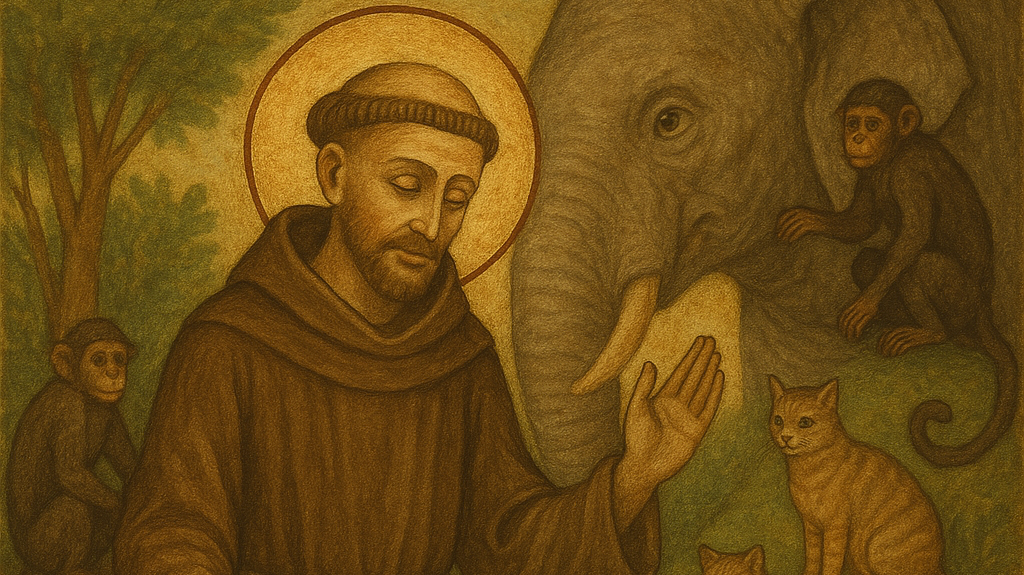He was born in Italy in the tenth century, and after his ordination to the priesthood, he was appointed to a position that entailed caring for small village communities in a region of the Alps.
This area included two of the most accessible passes through the mountains that were used by pilgrims traveling from northern Europe to Rome and the Holy Land. The temperatures in the mountains could easily freeze a person, and some did not expect to confront the snow that they had to trudge through in higher elevations, not to mention the threat of avalanches.
In addition, robbers would frequently take advantage of the isolation and narrow pathways to ambush travelers and take their resources and gear. Bernard assembled a patrol of civilians and cleared the mountain passes of these robbers.
He also established two hospices at the summits of both passes, which welcomed travelers of any background and continue to do so today. The group of people who joined Bernard to staff the hospices fell into a regular community life together, which was formalized into a monastery.
That community still exists to serve travelers in that region. The famous large-breed rescue dogs that are named after St. Bernard were first used to rescue stranded travelers by the hospice communities founded by the saint. St. Bernard is the patron Saint of mountain climbers and skiers. St. Bernard spent 42 years as a priest serving the people of this region.
He lived to be 85 years old and died in May 1081.











